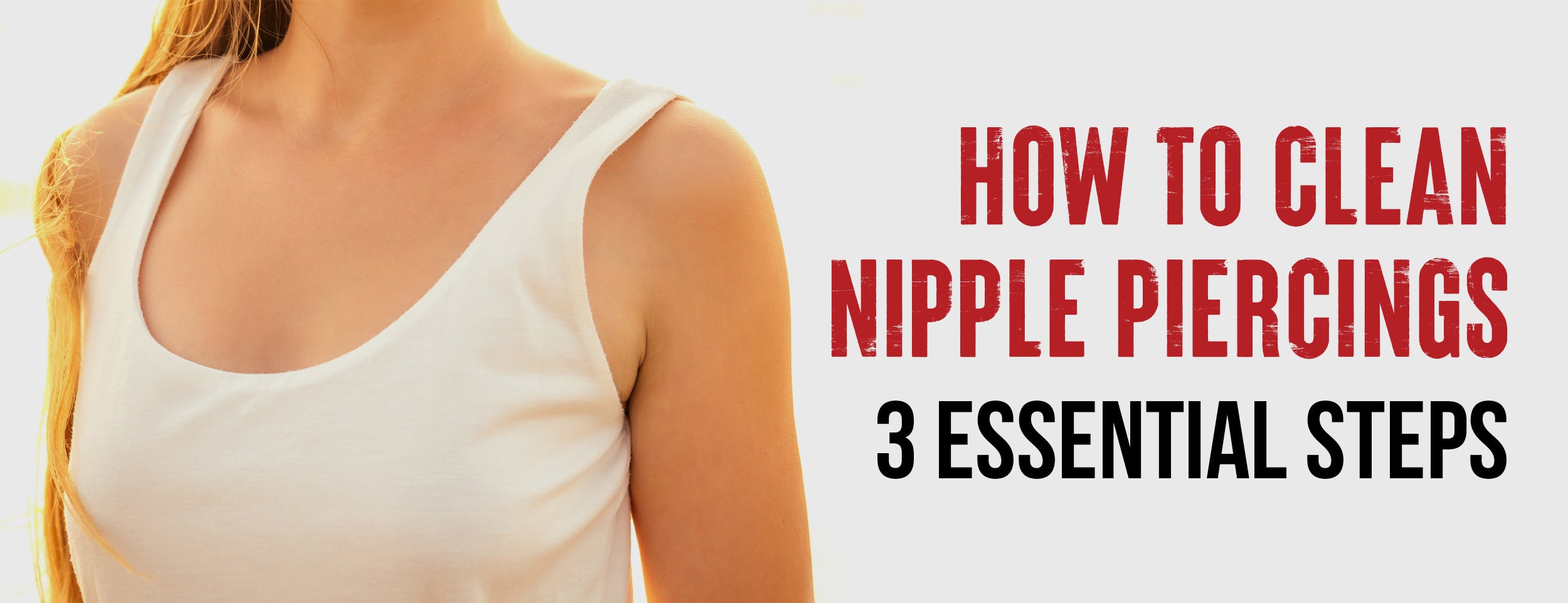Your belly button piercing is healed when the redness and swelling have subsided, and the skin around the piercing holes matches the rest of your skin.
A belly button piercing typically takes 6-12 months, or sometimes longer, to fully heal. You should consult a professional piercer before changing the jewelry to ensure it has healed sufficiently without causing any irritation.
This comprehensive guide explores the average healing time for belly button piercings, the typical healing timeline, and signs that your piercing is healing properly. We'll also discuss various factors influencing healing time and provide valuable tips for speeding up the process.
How Long Does A Belly Button Piercing Take to Heal: Typical Time Frame & Factors
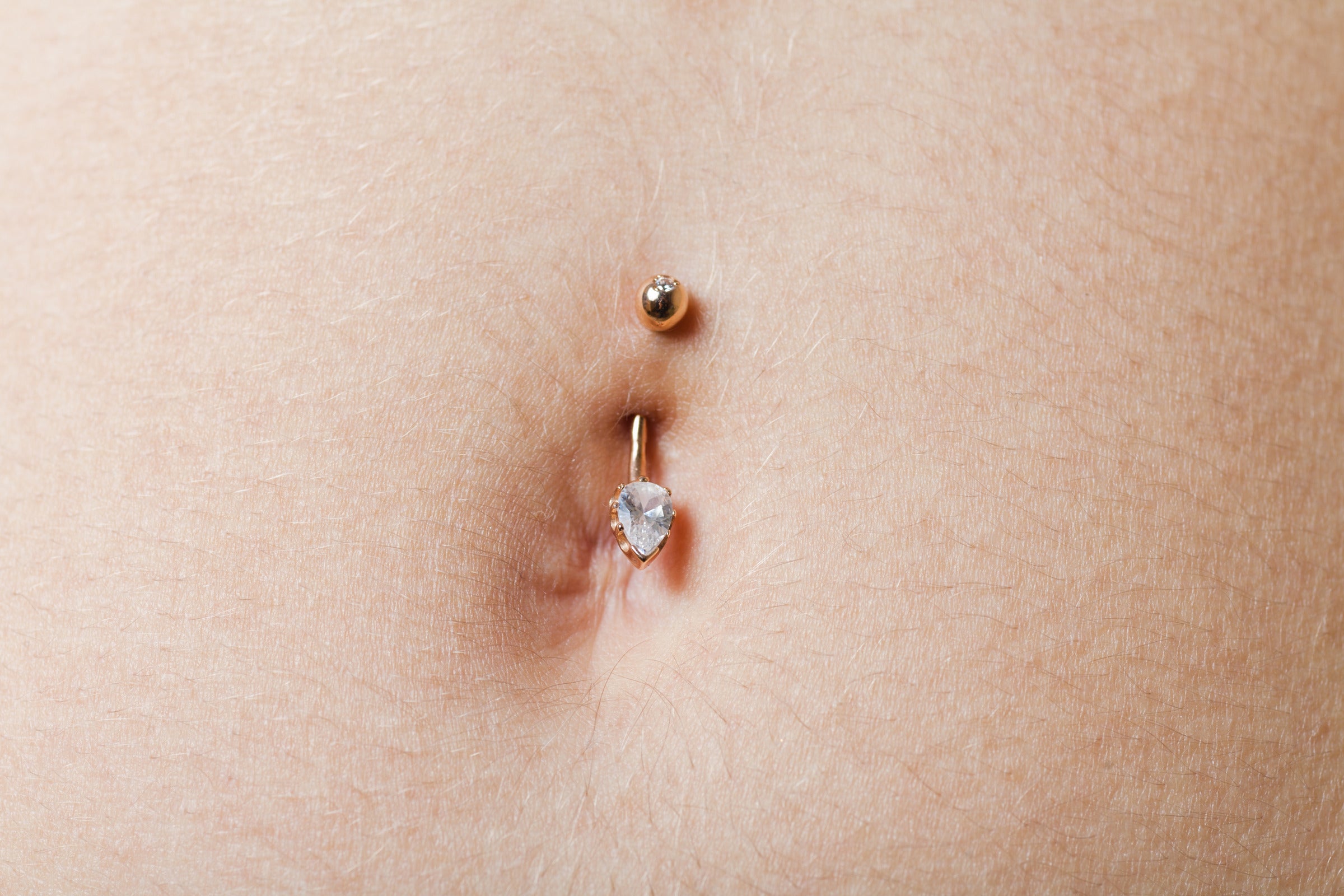
Belly button piercings, like any other body modifications, require some time to heal completely. On average, a belly button piercing takes six months to one year to fully recover. Remember that this is just an average. Healing times can vary based on several factors. We will discuss healing timelines and factors affecting healing time here:
Typical Healing Timeline
A realistic expectation can be set by understanding how long it usually takes for a belly button piercing to heal. Here's what you could generally expect:
- First Week: Initial swelling and redness around the piercing area.
- First Month: Swelling reduces, and the start of the healing process can be seen.
- 3-6 Months: The piercing should look healed on the outside, but the inner tissues are still healing.
- 6-12 Months: Full healing, including internal tissues, is usually complete.
Factors Determining Healing Time
Several factors can influence how quickly your belly button piercing heals. Let's delve into some of these:
Health and Immune System
Your overall health and immune system's strength are significant in healing. A more robust immune system can speed recovery while underlying health issues slow it down.

The Type of Jewelry Used
The material of your piercing jewelry can affect healing times. High-quality, hypoallergenic materials like surgical steel, titanium, or gold are less likely to irritate and may promote faster healing.
Piercing Technique Used
The technique used to pierce your belly button also matters. Professional piercers using sterile equipment can help ensure a smooth healing process.
The Care and Hygiene Maintained Post-Piercing
Healing requires proper aftercare. Keeping the piercing clean and avoiding unnecessary touching or twisting of the jewelry can prevent infections and promote quicker recovery.
Healing Signs for Your Piercing
Knowing the signs of a properly healing piercing can give you peace of mind. Here are some indications that your piercing is on the right track:
- Decrease in redness and swelling over time.
- The formation of a crust around the piercing hole is a normal part of the healing process.
- No excessive pain, foul smell, or abnormal discharge.
Belly Button Piercing Healing Time: The Effects of Complications

Your belly button piercing healing time can be influenced by several factors. One of these is the potential for complications. Here are some common ones:
- Infections: Piercings can be infected by bacteria. Conditions can cause redness, swelling, and pus discharge, prolonging healing.
- Allergies: Some people may be allergic to the metal used in the piercing jewelry. This can result in itching, redness, and swelling, delaying healing.
- Rejection: happens when your body recognizes the jewelry as foreign and tries to push it out. This can slow down the healing and may even require the removal of the jewelry.
Complications that Can Prolong Healing
Each complication mentioned above can delay the healing process. Infections require time to clear up, often with the help of antibiotics. Allergic reactions may necessitate a switch to hypoallergenic jewelry, while rejection could mean a more extended healing period or even a do-over of the piercing process.

Tips for Speeding up the Healing Process
To ensure a swift and smooth recovery from your belly button piercing, here are some tips to follow:
- Recommended Aftercare Practices: Clean the piercing area regularly with a saline solution. Avoid touching it with dirty hands. Keep the site dry and free from sweat.
- Lifestyle Changes That Can Enhance Healing: Maintain a healthy diet to boost your immune system. Avoid activities that strain the piercing area, such as heavy lifting or specific exercises.
- When to Seek Medical Advice: When you notice an infection or if your body seems to be rejecting the piercing, it's time to seek professional medical advice.
Conclusion
A complete rundown on the healing process of a belly button piercing. We've discovered several factors that can influence the healing time, including your overall health, the type of jewelry used, the piercing technique, and, most importantly, post-piercing hygiene and care.
Remember, patience is key here. Switching out your jewelry or slacking off on aftercare practices might be tempting, but these steps are crucial for a healthy, healed piercing. Complications can arise, but with proper care, they are largely preventable. And if anything seems off, don't hesitate to seek medical advice.
Your belly button piercing should be an exciting addition to your style, not a cause for constant concern. With proper care and patience, you'll be flaunting that cute belly button ring in no time.

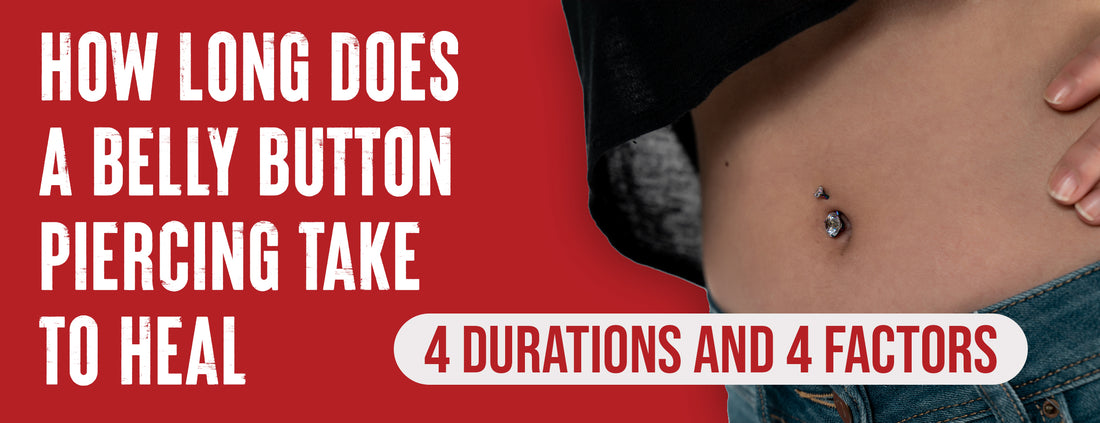





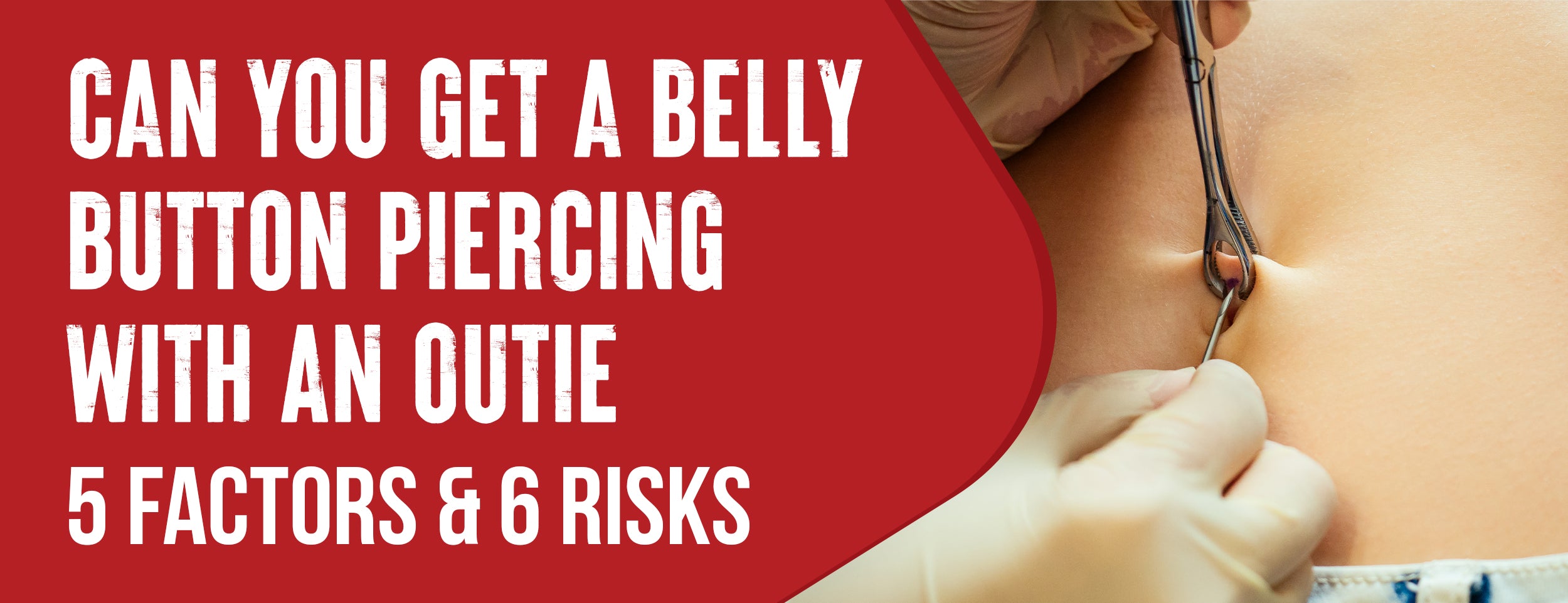
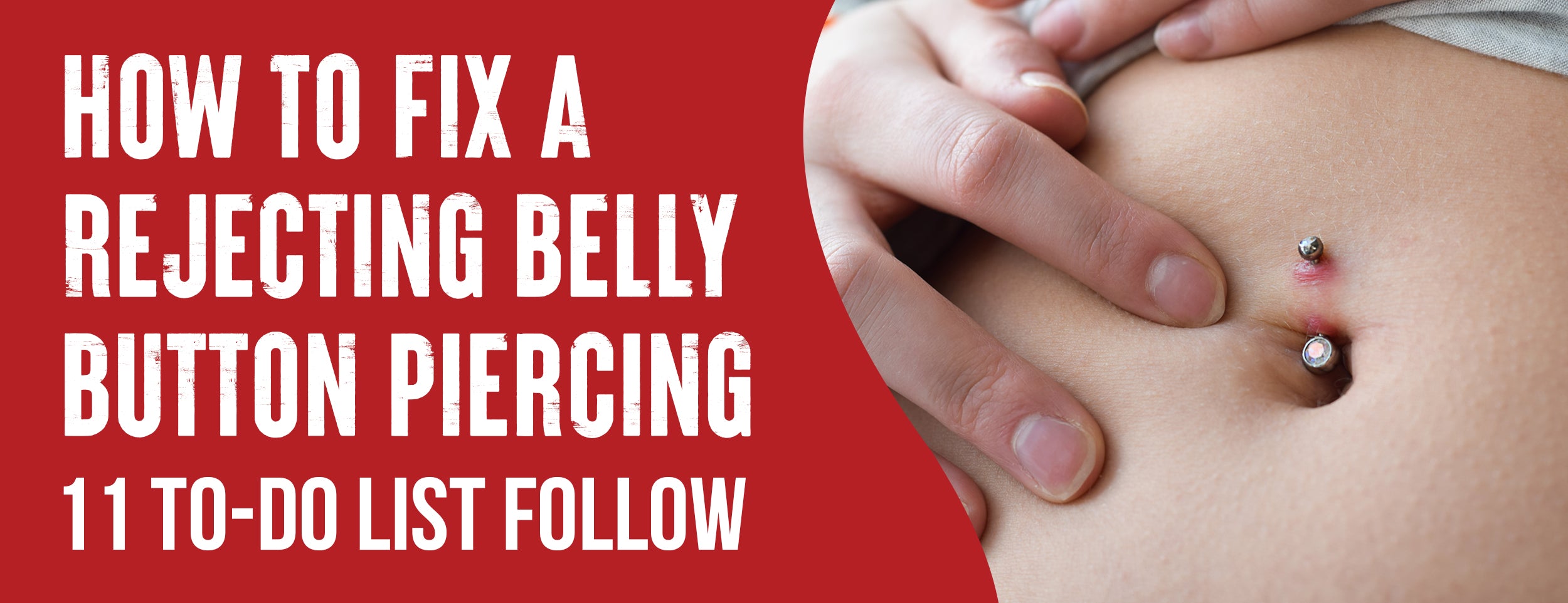
![The Recovery Time and Stages of Nipple Piercings [Best Practices]](http://drnumb.com/cdn/shop/articles/How_Long_Do_Nipple_Piercings_Take_To_Heal__3_Stages_Explained.jpg?v=1714373243)
